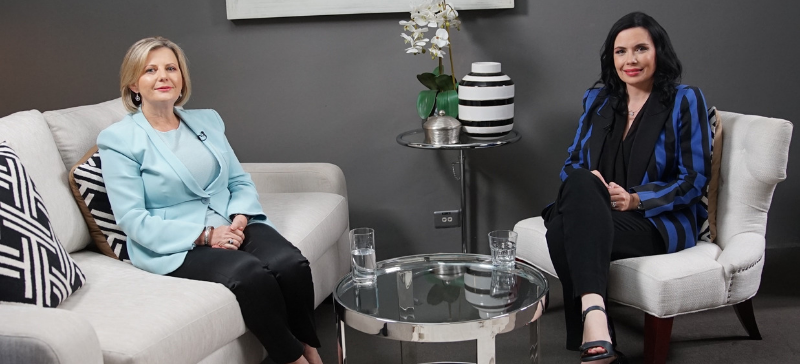We recently covered how UNSW Business School professor Richard Holden said figures released by the Australian Bureau of Statistics show “we’ve now entered an effective recession in Australia.”
While these comments have provoked considerable debate, there’s little argument that forecasts for Australian economic growth have been adjusted downwards lately. And with expectations of any RBA rate hikes receding, is it time for Australians to reconsider their investment strategies?
According to Anne Anderson, head of fixed income and investment solutions at UBS Asset Management Australia, the answer may well be yes. Specifically, she thinks it might be time to consider upping one’s allocation to fixed income.
“The starting point,” she says, “is that Australians have typically had a low weighting to fixed income, and too high a weighting to cash. Then you have the expectation that cash rates will be cut further – with interest rates expected to stay low globally for a really long time – and the changes to franking credits that are likely to come.”
Combine these issues with a “softer economic environment” – she doesn’t expect a recession at this stage – and you have an excellent opportunity to invest in fixed income.
“Some people have invested in term deposits,” she explains, “because generally if you look at the interest rate on a fixed income portfolio versus a term deposit, it doesn’t seem that high.
But what isn’t always considered appropriately is the fact that when you’re investing in fixed income, you get a benefit when interest rates fall. The value increases far more dramatically than with a term deposit, which is more ‘what you see, what you get.’”
The other issue, she adds, is that when you’re buying a term deposit, you’re investing in one bank. With a fixed income portfolio, “you get corporates, semi-governments, essentially a higher-yield opportunity. Combine the diverse range of securities with active management and the opportunity for better returns, and it looks a lot more appealing.”
She notes that a typical fixed income portfolio – the “fixed income world” equivalent of an ASX 200 equity fund – has delivered about 5% over three, five and 10 years. “It’s more stable,” she says, “and you get the benefit of the coupons. There’s a much higher degree of surety of your returns.
“And the reality is, fixed income has thrashed cash and term deposits. They’ve just been thrashed.”
In this environment, is it time to reexamine your asset allocation?
The opinions expressed in this content are those of the author shown, and do not necessarily represent those of No More Practice Education Pty Ltd or its related entities. All content is intended for a professional financial adviser audience only and does not constitute financial advice. To view our full terms and conditions, click here.




